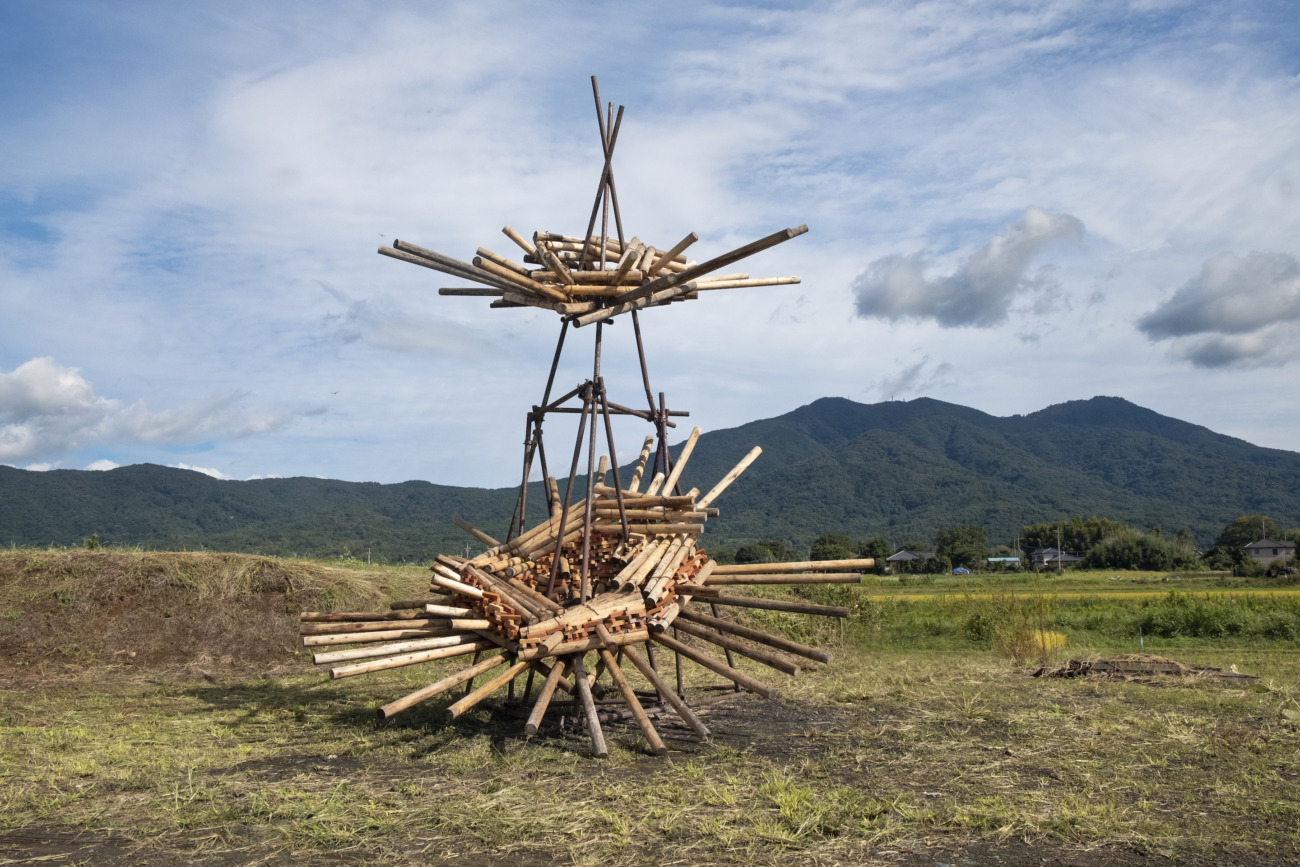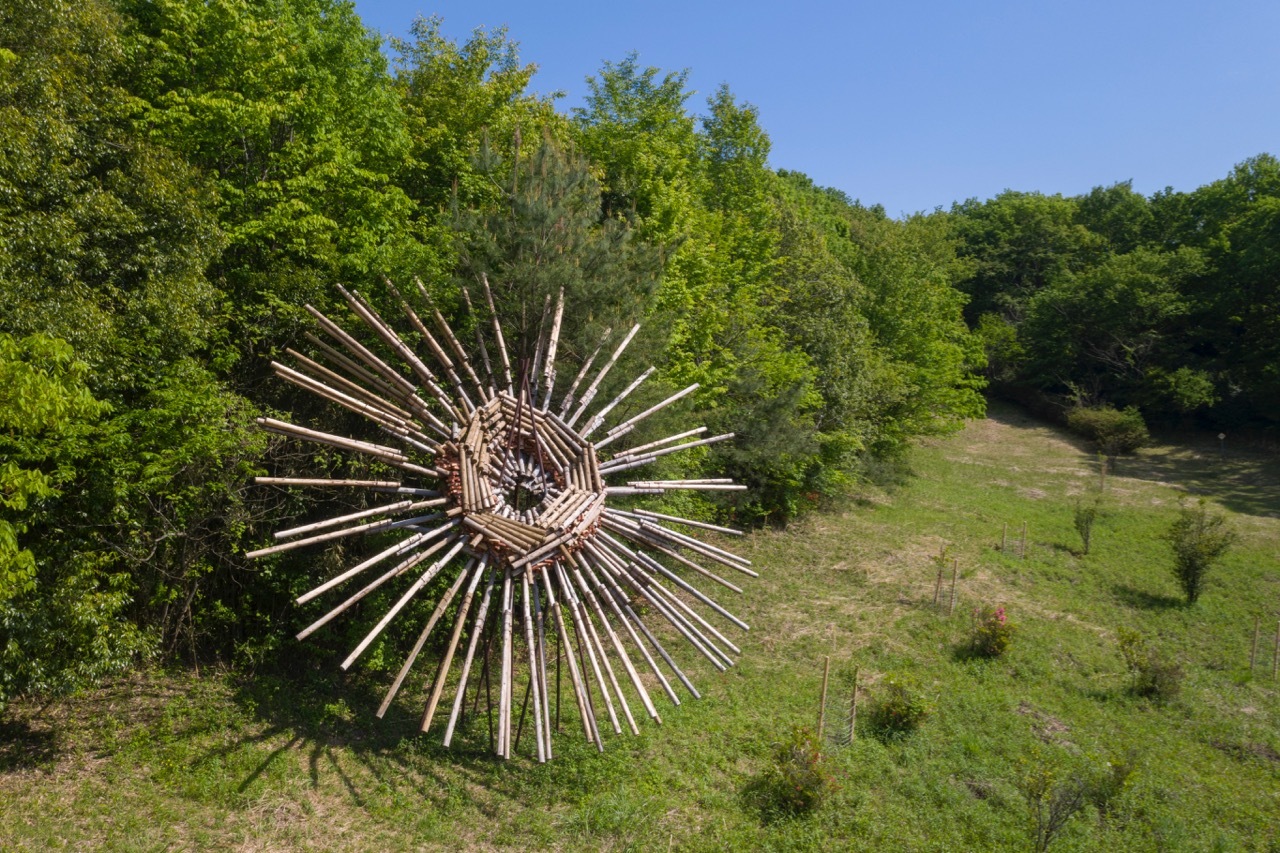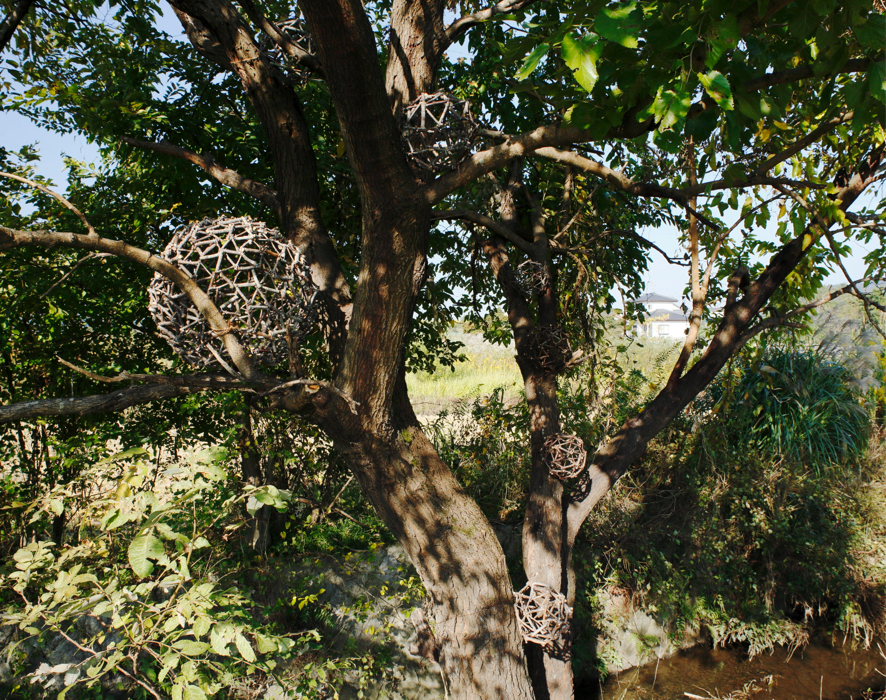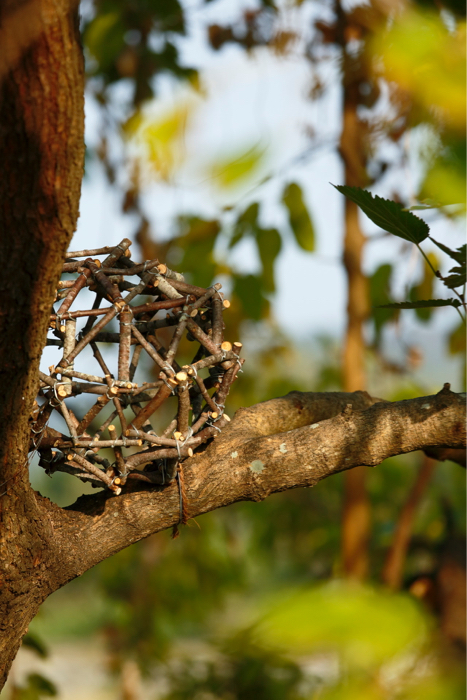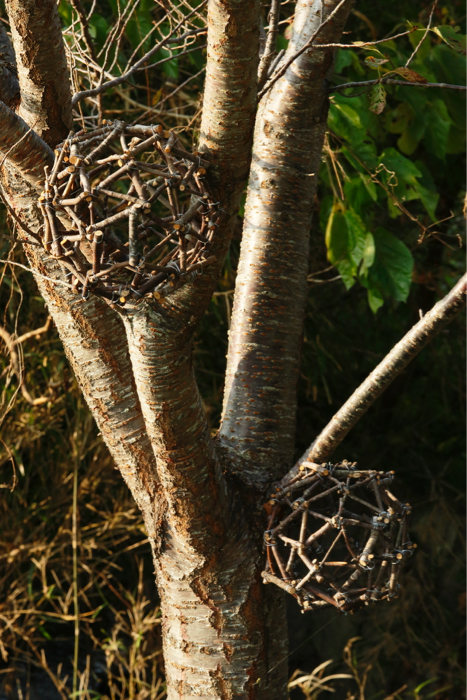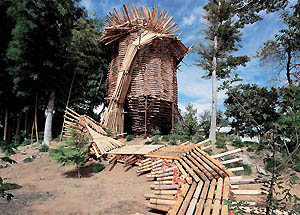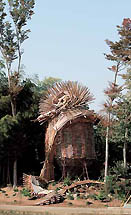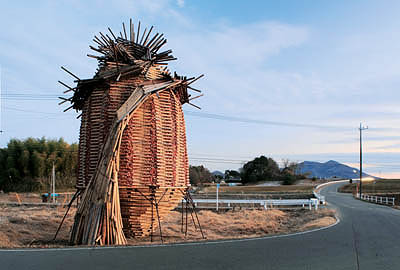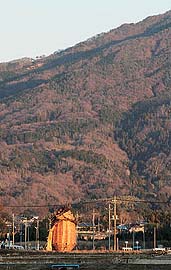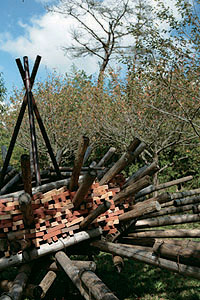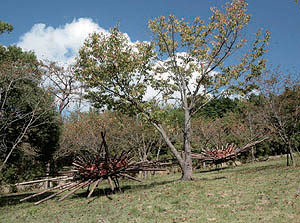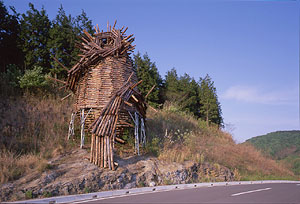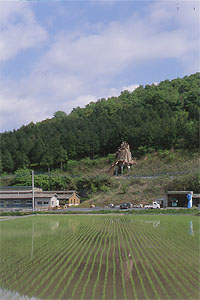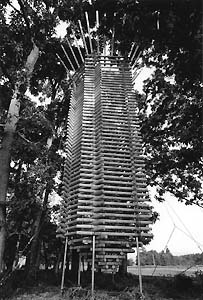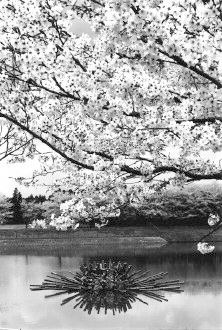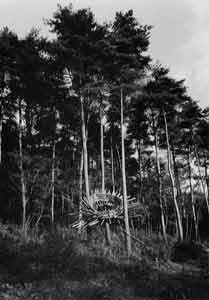
| CAREER | 1957 Bron in Hokkaido, JAPAN 1981 Hokkaido University of Education B.E. 1983 University of Tsukuba M.A. |
| EXHIBITIONS | 2011 AMABIKI 2011 In the midst of winter. Sakuragawa, Ibaraki (’08/ ’06/ ’03/ ’01/ ’99) 2009 Art session Tsukuba 2009. Tsukuba, Ibaraki 2008 Architectural Ceramics – Old. Clayarch Gimhae Museum, Gimhae, KOREA 2007 One Person Exhibition. Gallery HIRAWATA, Fujisawa, Kanagawa One Person Exhibition. The Art Core, Kanaz Forest of Creation, Awara, Fukui KAMIKATSU-ART Project. Kamikatsu, Tokushima Art session Tsukuba 2007. Tsukuba, Ibaraki 2006 One Person Exhibition. Gallery Natsuka, Tokyo ECHIGO-TSUMARI ART TRIENNIAL 2006. Matsudai Shiro-yama Park, Niigata 2002 One Person Exhibition. Muramatsu Gallery, Tokyo One Person Exhibition. MACA GALLERY, Tokyo 2000 Summer at Töölönlahti Bay Art Garden HELSINKI 2000-Cultural Capital of Europe. Töölönlahti Bay Park, Helsinki, FINLAND ECHIGO-TSUMARI ART TRIENNIAL 2000. Matsudai Shiro-yama Park, Niigata 1999 The 30th Anniversary Exhibition “Forms in Nature”. The Hakone Open-Air-Museum, Kanagawa The 18th Exhibition of Japanese Contemporary Sculpture. The Municipal Open-Air Museum, Ube, Yamaguchi. [Grand Prize, Kanagawa prefectual Museum of Modern Art Prize, and Citizens’ Prize] 1997 Le Japon Mondt-de-Marsan Sculptures. Despiau-Wlerick Museum, Mont-de-Marsan, FRANCE International Art Exhibition “INSUDE”. Central park, Kassel, GERMANY 1993 Lillehammer Olympic culture Program “Cultual Landscape AKERSVIKA”. The Lakeside of AKERSVIKA in Hamer, NORWAY 1990 A Primal Spirit:Ten Contemporary Japanese Sculptors. Los Angeles County Museum, U.S.A/ Museum of Contemporary Art, Chicago, U.S.A/ Modern Art Museum of Fort Worth, U.S.A/ National Museum of Canada, Ottawa, CANADA The 4th Australian Sculpture Triennial. National Gallary of Victoria, Melbourne, AUSTRALIA 1989 The 13th Exhibition of Japanese Contemporary Sculpture. The Municipal Open-Air Museum, Ube, Yamaguchi 1988 Aomori EXPO’88 Commemorative Open-air Sculpture Exhibition. Gappo-park, Aomori. [Grand Prize] |

